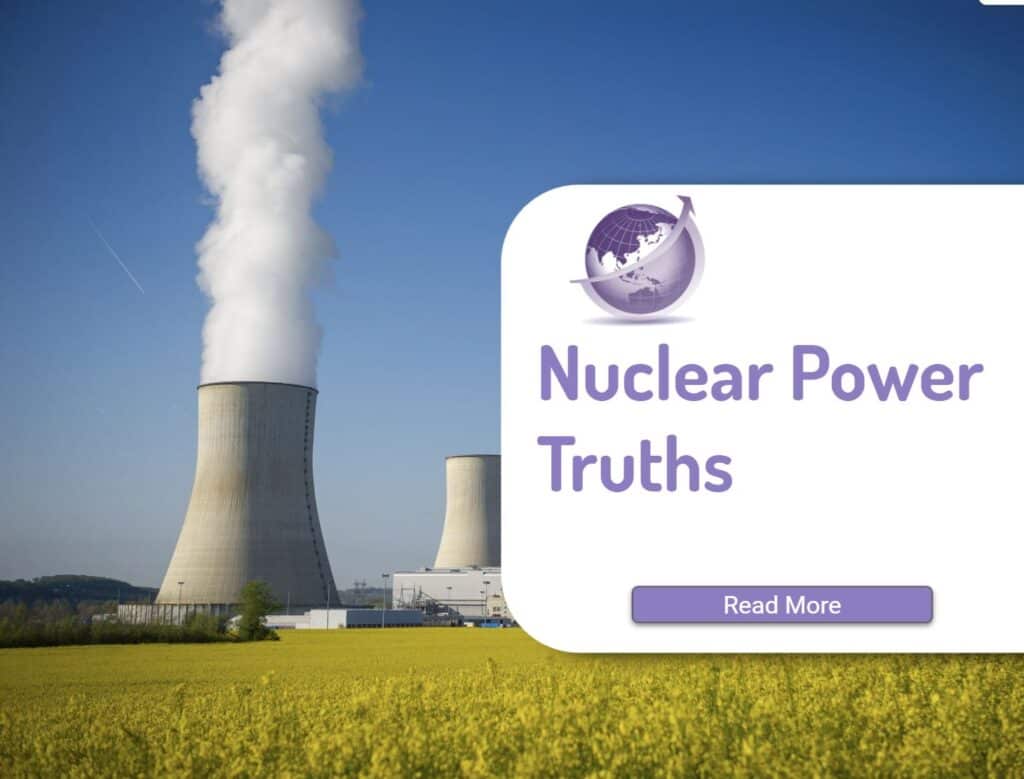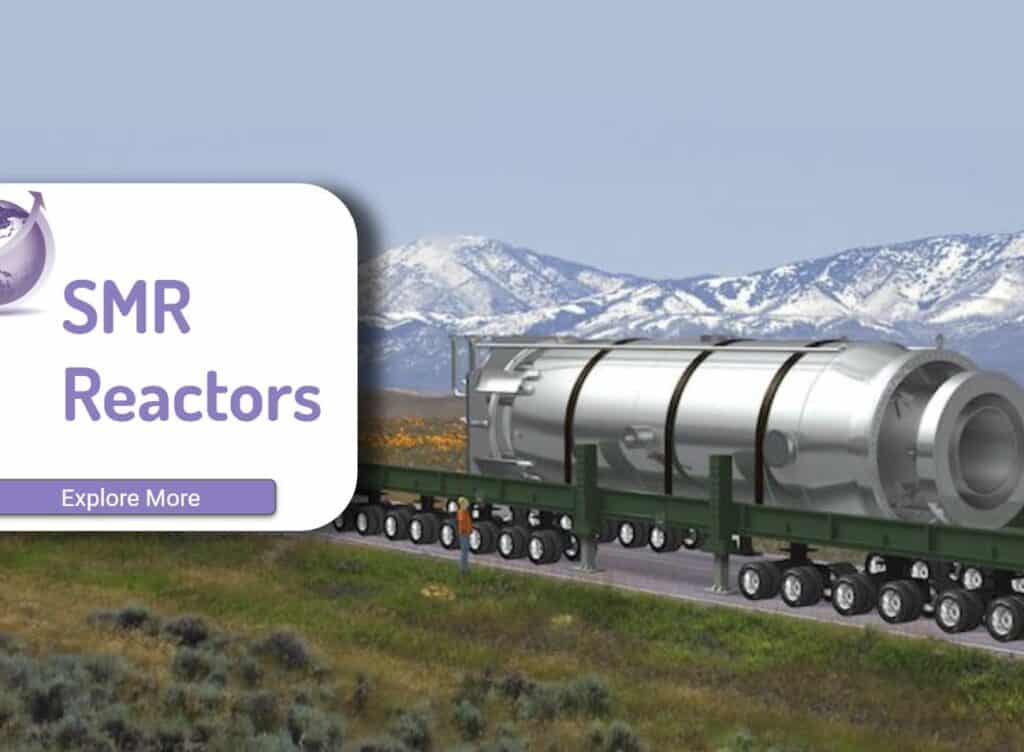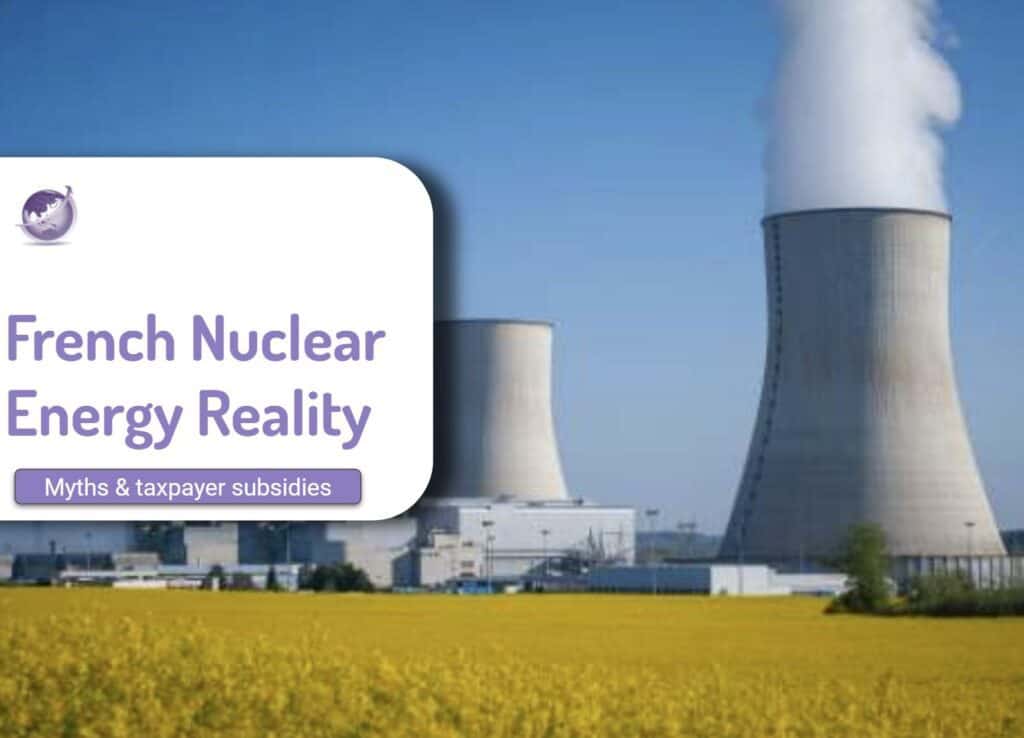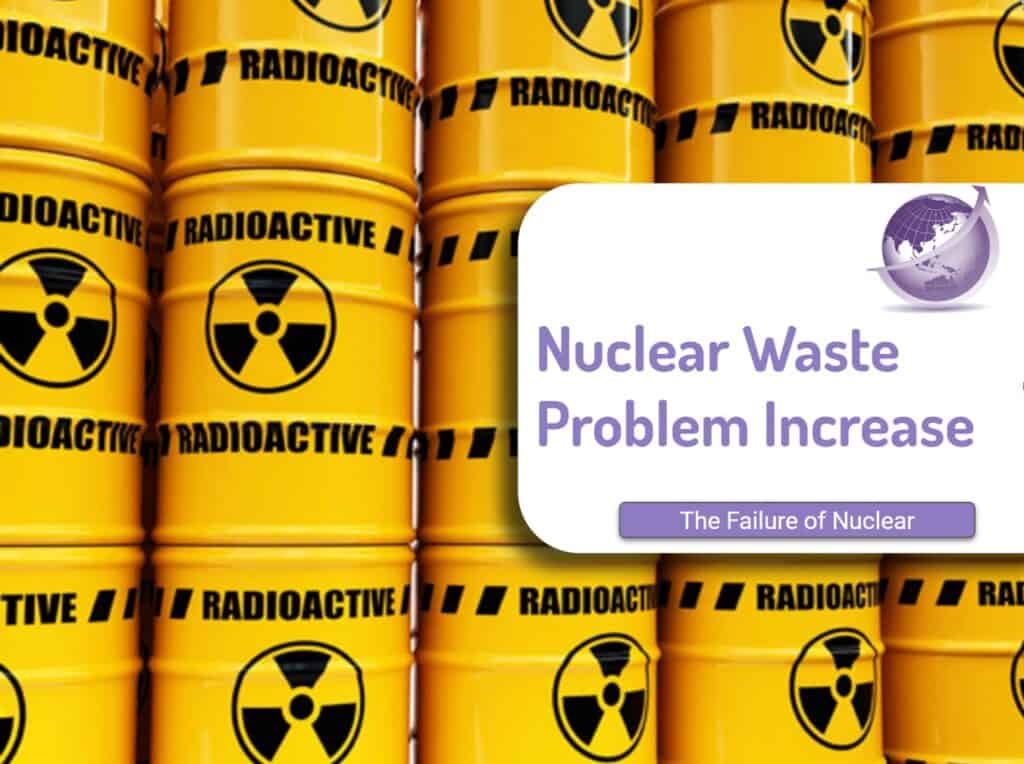Uranium mining for nuclear power and for nuclear weapons continues to have geopolitical implications along with the energy needed to refine the uranium to be used. there are 15 nuclear myths including SMR, waste, and subsidies.
The availability of uranium drives the future of the nuclear energy industry; an upper limit on uranium prices will determine whether it is economically viable to continue utilising the present generation of light water reactors (LWRs). The alternative is a move towards fast reactors, which use less uranium than LWRs, however require substantial investment and development, and might never become economically viable unless uranium prices rise considerably.
Rising demand for uranium and diminishing availability of high grade ores will inevitably cause a rise in U3O8 prices. If uranium prices rose high enough, it would push up the running costs of LWRs to the point where a closed fuel cycle and/or thorium fuel may be able to compete economically. The Levelised Cost of Energy (LCOE) is the cost per unit energy at which a particular power station will break even over its entire lifetime.
For a full list of uranium mines – see Wikipedia. The top 10 mines are listed here
Uranium Mining for Nuclear Power from the Oceans
Some say the resources of terrestrial uranium are limited. However, there are approximately 4.5 billion tonnes of uranium in seawater. Uranium only exists at concentrations of around 3.3 ppb but researchers have achieved selective extraction. Quantities in sea is about 1,000 times more than terrestrial reserves. Two problems.
- Cost – even though several thorough cost estimates of the extraction process have been undertaken it is not cheap.
- The practicality of the process on the scale on which it would need to be deployed
- The extremely low uranium concentration and huge amounts of coexisting ions, especially K+, Na+, Ca2+ and Mg2+, makes the extraction of uranium from seawater very challenging.
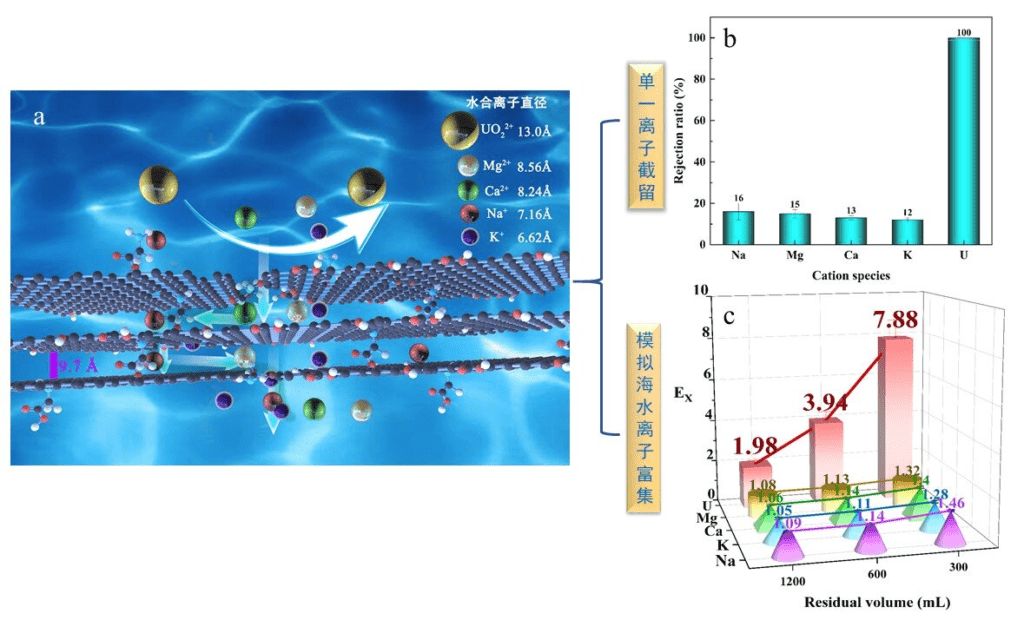
Nuclear Plant Emissions
Nuclear is often stated to be low emissions but the reality is that depending on the mining and refinement is worse than wind solar and even gas.
Life Cycle Analysis of Various Energy Sources
| Fuel Source | gCO2e/kWhe | Notes & Explanation |
|---|---|---|
| Wind | 5-8 | Most emissions from construction steel and concrete |
| Nuclear | 6-110 Uo to 200 | Mining and enrichment markedly change emissions. As rich ore bodies are mined out, more energy is needed for less rice ore bodies. 80 years of supply left. |
| Solar | 38 | Using Maxeone 40 year panels and Fronius inverter 8kW |
| Gas | 500 | Fossil methane |
| Oil | 800 | Bunker oil and oil fired boilers induce a range of other pollutants |
| Coal | 1000 | Calculation of emissions from mining may underestimate total emissions by 2 or more times |
Enrichment of Uranium
Once mined, the biggest carbon emission is from enrichment, and there is various methods (World Nuclear Org) or Wikipedia.
Yellowcake
Rock Treatment
Historically, conventional mines (e.g. open pit or underground) were the main source of uranium.
- Ore crushed in a mill
- Water added to produce a slurry of fine ore particles and other materials.
- Resultant slurry leached with sulfuric acid or an alkaline solution to dissolve the uranium
- Remaining rock and other minerals are undissolved.
In-situ Leaching
Over half of the world’s uranium mines now use a method called in-situ leaching
- No major ground disturbance.
- Water injected with oxygen (or an alkali, acid or other oxidizing solution)
- Circulated through the uranium ore, extracting the uranium.
- The uranium solution pumped to the surface.
- The uranium solution separated, filtered and dried to produce uranium oxide concentrate, often referred to as ‘yellowcake’.
Enrichment
- Most nuclear power reactors use uranium-235 as fuel.
- makes up 0.7% of the natural uranium mined
- Enrichment increases uranium-235 concentration from 0.7% to between 3% and 5%.
- French nuclear system uses power from their own nuclear, In most other countries use fossil fuel power for enrichment.
Where is Uranium Found
| Material | Concentration (ppm U) |
|---|---|
| High-grade orebody (>2% U) | >20,000 |
| Low-grade orebody (0.1% U) | 1, 000 |
| Average granite | 4 |
| Average volcanic rock | 20 – 200 |
| Average sedimentary rock | 2 |
| Average black shale | 50 – 250 |
| Average earth’s crust | 2.8 |
| Seawater | 0.003 |
| Groundwater | >0.001 – 8 |
Is there Enough Uranium Mining for Nuclear
Abbot has a thorough publication and we only have about 80 years of mine life. As high-grade uranium ores become depleted, the trend is to move to ores with lower concentrations of uranium. Energy required for mining and milling lower grade uranium ore increases. Low-grade ores of any mineral (Mudd, 2010) require more energy. A typical figure for total energy consumed in mining uranium is 0.2 gigajoules per kilogram (Mudd, 2010).
Break-even mining requires an ore concentration of about 340 parts per million.9 Concentrations below 100ppm need too much energy, even with more-energy-efficient mining
A 1,000 MWe pressurised water reactor needs each year.
- 27 tonnes of uranium
- 18 million fuel pellets
- 50,000 fuel rods to house pellets
A coal power station of equivalent size requires 2.5m tonnes of coal.
From Mine to Waste for Uranium

References
- K. Dungan, G. Butler, F.R. Livens, L.M. Warren, Uranium from seawater – Infinite resource or improbable aspiration?, Progress in Nuclear Energy, Volume 99. 2017. Pages 81-85, ISSN 0149-1970, https://doi.org/10.1016/j.pnucene.2017.04.016. https://www.sciencedirect.com/science/article/pii/S0149197017300914
- Uranium locations. New Mexico Bureau of Geology and Mineral Resources (2022) https://geoinfo.nmt.edu/resources/uranium/where.html?
- Zhang Nannan (2022) New method to enrich uranium in seawater https://phys.org/news/2022-06-method-enrich-uranium-seawater.html
- Abbot, D, Limits to growth: Can nuclear power supply the world’s needs? https://doi.org/10.1177/0096340212459124 https://journals.sagepub.com/doi/full/10.1177/0096340212459124
- Mudd, GM (2010) The environmental sustainability of mining in Australia: Key mega-trends and looming constraints. Resources Policy 35(2): 98–115.


